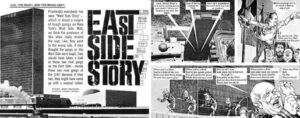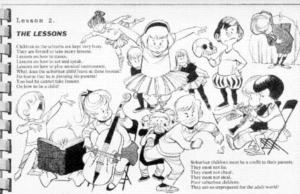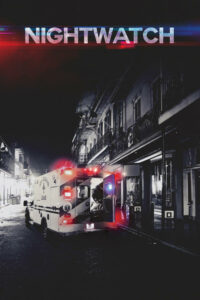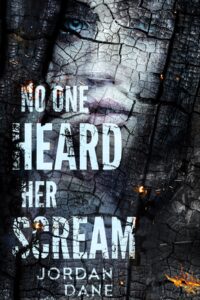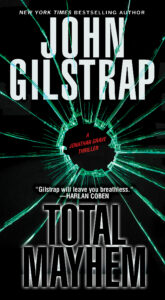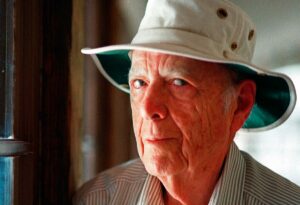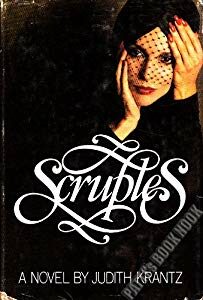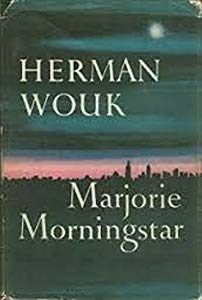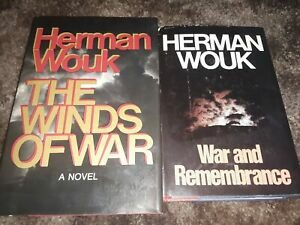
Credit: Joshua Fuller, Unsplash
Good morning, TKZers, and let’s welcome the brave Anonymous Author of Counting Mountains. Please enjoy this first page submission then we’ll open the discussion.
~~~~~
Title- Counting Mountains
My name is Tessa Stynes, and I was witness to and involved in all the horrible things you’ve heard about the Australian Massacre in London. My name used to be associated with my family, my university, my friends, and if I’m being optimistic, maybe my photography, or my smile.People used to tell me I had a nice smile.
Now, and I think for a long time to come, my name will have a very different association in thousands of people’s minds. People think of my name and they think of murder, fear, and death. This is hatefully unwanted- but not necessarily unwarranted. I didn’t touch the Ripper’s knife, but it knew me, hunted me, found me.
I can tell you how I almost died, how parts of me most certainly did.
If I want to dig at the wounds and baby scars that tear open so easily, I can tell you how I was responsible for people dying. I dig a lot, trying to figure out which parts of me are gone forever, which parts I can resurrect with time, and which wounds deserve to lay open, festering. Even though it hurts, it’s cathartic, like pulling six-foot weeds out of the ground, or trying to reconstruct a broken clock.
I’m attempting to build my story – and the Ripper’s – from the ground up, pulling strands and dark clumps out of my head that are hiding and digging themselves in; picking out the broken parts, so that I can hope to build something new and shiny out of the rot.
Someone once said to me; there are mountains in everyone’s path. They are all different shapes and sizes, but they are all mountains, and they are all difficult to breach.
Right now, I’m counting mountains. Some I conquer, and some sit in front of me, daunting and ice covered, just like that winter.
In the beginning of our story, it was cold. I remember the cold being a constant reminder of how far I was from home. We were in the winter of 2010, the coldest winter on English record and in anyone’s memory. The feeling of cold in England seemed worse than the cold I had felt in actual cold countries like Norway, Estonia, or Finland. The cold I felt that winter in England was harsh and bone deep, like a blow I wasn’t expecting.
~~~~~
Brave Author, I found a lot to like about this first page. It doesn’t start with action or in media res. It opens with the character alone thinking—a technique that we at TKZ often caution against. However, the voice is strong and the situation is compelling, making me want to know more.
In other words, even though you take a risk by ignoring conventional wisdom, your technique works. Well done.
Why does it work? I believe it’s because of the theme.
Tessa Stynes has been the victim of “the Ripper.” She also feels responsible for other deaths evidently caused by this serial killer. She survived where others didn’t. Her name is linked to horrific crimes—she is doomed to a haunted life of guilt by association.
The theme of guilt by association works because it’s a universal plight. Most people have suffered injustice where their proximity to a person, group, or incident taints their reputation. There’s an immediate bond between the reader and a character who reminds us of the unfair shunning we’ve experienced ourselves.
Further, the Author has set high stakes. Tessa is not the victim of everyday petty injustice. The stakes of her suffering are life and death. Others have died in a “massacre.” Although this story is being told about events that already occurred, there is a suggestion Tessa herself might die in the future from repercussions of the tragedy.
James Scott Bell talks about death stakes that can be physical, professional, or psychological.
Tessa states: I can tell you how I almost died, how parts of me most certainly did.
She has faced all three forms of death that Jim describes. First, she almost died from knife wounds (physical). Second, she apparently once had a good name as a photographer that’s now tarnished (professional). Third, her musings show an ongoing emotional struggle that prevent her from living a normal life (psychological).
The Brave Author takes another chance by addressing the reader directly. In theatre or film, this is called breaking the fourth wall when a character speaks to the audience.
This technique momentarily disrupts the fictive dream the author wants to create, which can have negative results if the reader is pulled out of the story.
However, it can also promote the sense that the author is sharing an intimate secret with the reader. This character who witnessed terrible crimes is willing to reveal knowledge no one else has. The reader wants to learn the inside truth of what really happened.
For those reasons, I believe breaking the fourth wall works here.
The setting is London in winter of 2010. Tessa is evidently a visitor to England, a stranger in a cold, forbidding land. The mood is chilling, physically as well as emotionally. Nice job of making the setting and weather reflect the plot.
Now to the aspects that tripped me up:
The Australian Massacre in London is treated like a news event that everyone’s heard about. I googled it and didn’t find a corresponding real-life occurrence. Not a problem but it momentarily sidetracked me.
By using “the Ripper,” readers have certain automatic, ingrained reactions to Jack the Ripper, who killed victims during the 1880s. That reference started me down a historical path. However, you then say the story begins in 2010, leading to other questions: Will this be a time-travel fantasy? Or is there a new Ripper in contemporary London?
These are not necessarily problems but merely things to consider as you draw readers into the story. You want to be mindful not to lead them off onto false trails.
You write strong, active sentences but the order in which you present them could be rearranged for more dramatic effect. What do you think of this:
People used to tell me I had a nice smile.
My name used to be associated with my smile, my family, my university, my friends, and my photography.
Now, and I think for a long time to come, my name will have a very different association in the minds of thousands of people. People think of my name and they think of murder, fear, and death. This is hatefully unwanted—but not necessarily unwarranted. I didn’t touch the Ripper’s knife, but it knew me, hunted me, found me.
I can tell you how I almost died, how parts of me most certainly did.
My name is Tessa Stynes, and I was witness to and involved in all the horrible things you’ve heard about the Australian Massacre in London in 2010.
If I want to dig at the wounds and baby scars that tear open so easily, I can tell you how I was responsible for people dying. I dig a lot, trying to figure out which parts of me are gone forever, which parts I can resurrect with time, and which wounds deserve to lay open, festering.
Next, you go into a mashup of similes and metaphors about pulling weeds, repairing a broken clock, strands of hair, clumps, digging, shiny objects, and mountains. Because these figures of speech are not obviously related to each other, they got distracting. Suggest you stick with the mountain motif, since that’s your title, and delete the rest of the debris.
Regarding semicolons: I fall into the camp of never in fiction. If you do use them, use them correctly.
Delete the semicolon in: Someone once said to me; there are mountains in everyone’s path.
The sentence could be rewritten in two ways:
1. Someone once said to me: there are mountains in everyone’s path.
2. Someone once said to me there are mountains in everyone’s path.
The second option (without punctuation) is my preference since it’s not a direct quote.
The following is a nice segue from Tessa’s thoughts into the story:
Right now, I’m counting mountains. Some I conquer, and some sit in front of me, daunting and ice covered, just like that winter.
In the paragraph that follows, you use a variation of cold seven times. Even if you intentionally repeated the word for effect, it wore thin.
The line like a blow I wasn’t expecting didn’t work for me because blow is a sudden, abrupt action whereas bone-deep cold creeps in more gradually, like gangrene.
There is additional repetition and overwriting in that paragraph you might condense. How about this:
The winter of 2010 was the coldest season on English record and in anyone’s memory. I remember the harsh, bone-deep chill that felt worse than the cold I’d experienced in actual frigid countries like Norway, Estonia, or Finland. The cold was a constant reminder of how far I was from home.
Brave Author, you took risks with this opener and they paid off. Your voice, theme, and premise are all compelling and make me want to read more. Good job!
How about you, TKZers?
Did this opening draw you in?
What suggestions do you have for our Brave Author?

Debbie Burke’s award-winning thriller Instrument of the Devil is on sale for 99 cents from July 7-14. Here’s the link.





